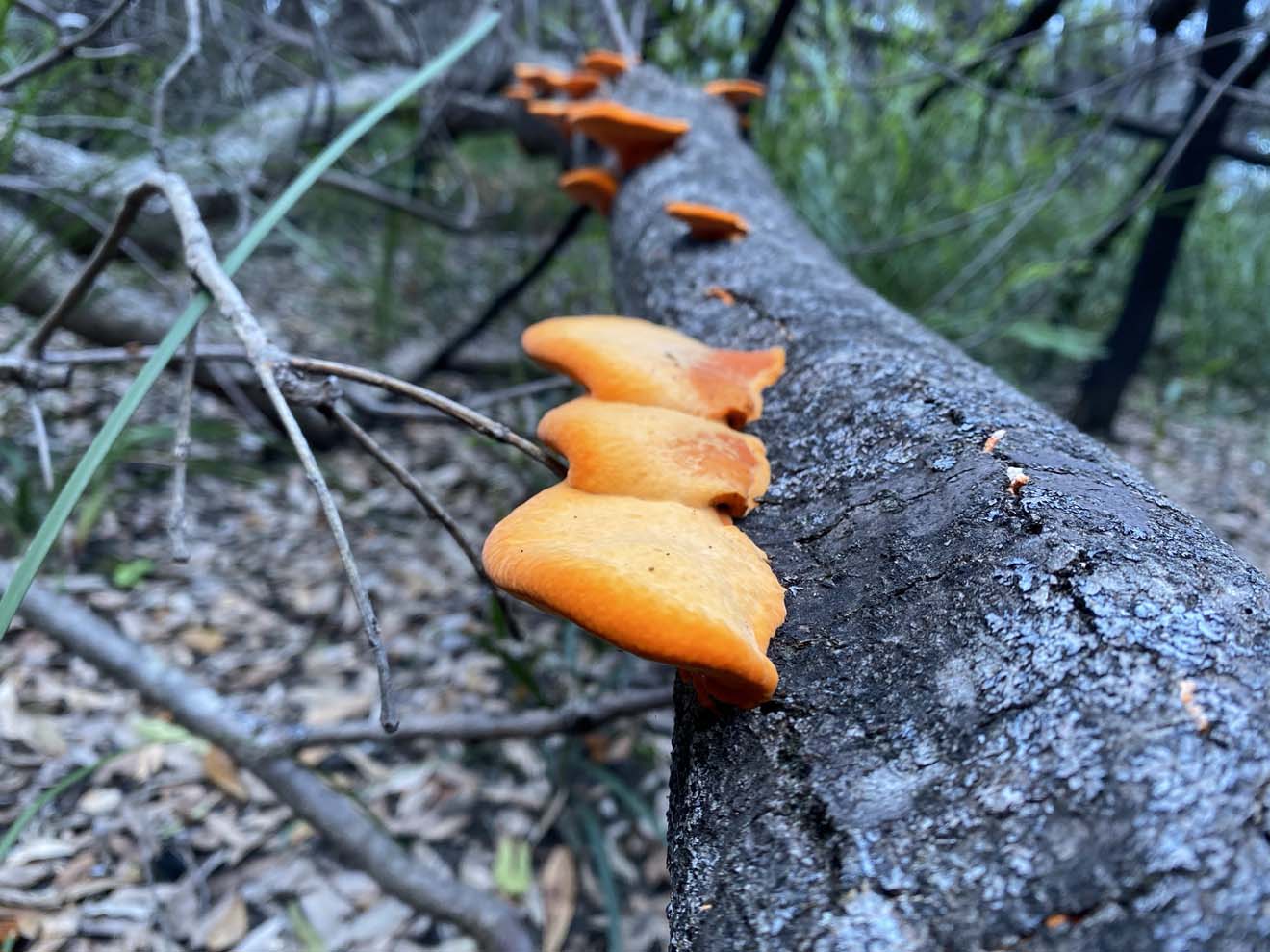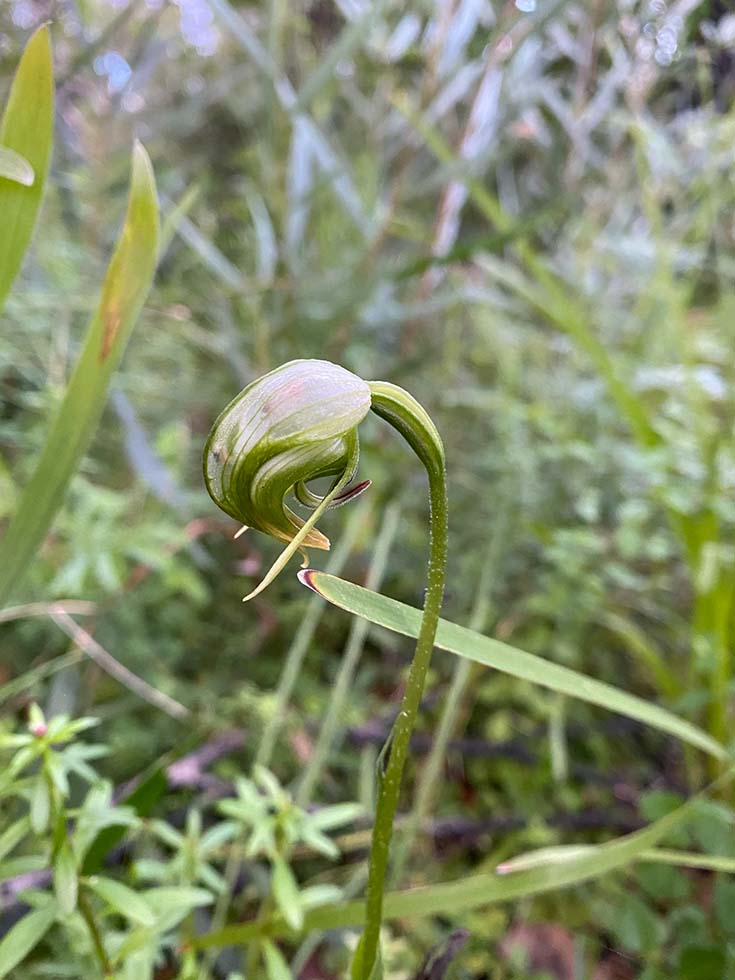Restoring Mallacoota’s Nature Reserves for Wildlife and Community Recovery
Safeguarding the recovery of bushfire-affected coastal scrub and lowland forest.
Location:

Far East Gippsland, Mallacoota, VIC

Overview:
This project aimed to safeguard the recovery of 127ha of bushfire-affected coastal scrub and lowland forest, including an endangered remnant littoral rainforest, in an Important Bird Area in Mallacoota District, to be achieved through:
- Surveys and mapping of invasive weeds and native vegetation recovery;
- Controlling invasive weeds;
- Preventing erosion to protect waterways and facilitate vegetation re-establishment;
- Seed collection for the community seedbank and nursery; and,
- Engaging the local community in planting native vegetation as well as feeding back project outcomes and future management recommendations.
Outcomes:
- Baseline habitat assessments and restoration plan;
- Control invasive weeds inhibiting native vegetation recovery using different control measures suitable for the weed type and location. 44 species of invasive weeds were identified during initial small-scale surveys by Friends of Mallacoota, a grassroots community group and partner in this project.
- Erosion prevention measures were implemented along an estimated 1km of cliff frontage through a combination of planting early-successional vegetation and installing natural barriers made from logs and other bio-degradable materials.
- Seed collection for the community seedbank and nursery.
- Engaging the local community in flora and fauna recovery.
- Final assessment and management recommendations to guide future restoration.
- Safeguarded recovery of native vegetation across 127.4ha of coastal scrub, lowland and endangered littoral rainforest forest through elimination of competition by invasive post-re weeds;
- 1km of coastline plus over 3km of estuarine water frontage protected from erosion caused by 2019/20 bushfres through measures to enhance soil stability and re-colonisation of early-successional vegetation;
- Strengthened and empowered community better equipped to manage native flora and fauna recovery post-bushfires.
Click on the image to enlarge







